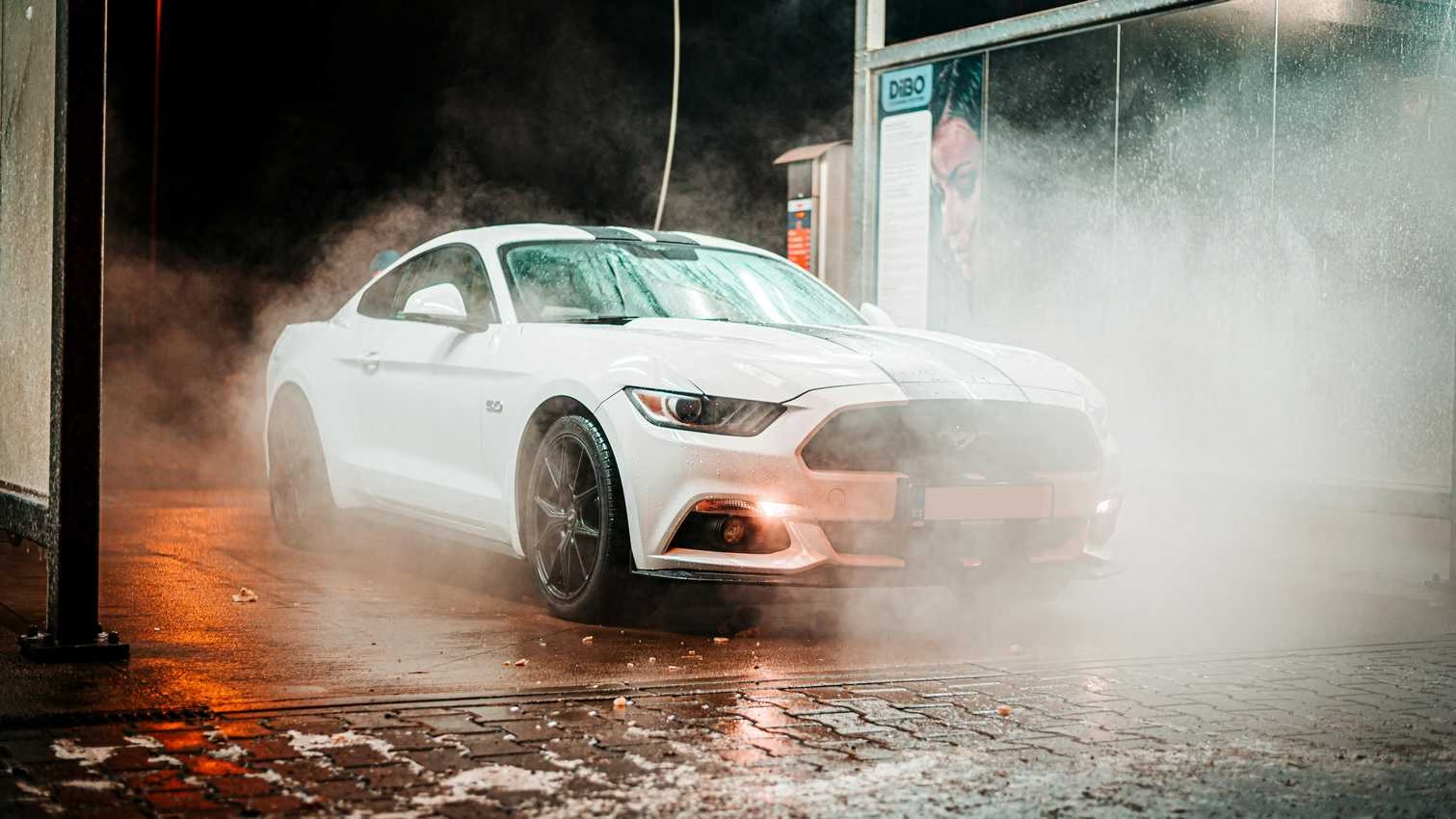Learn proven, low-impact pressure-washing methods, biodegradable chemistries, water-reclamation options, and regulation-aware best practices to deliver powerful cleaning with minimal environmental harm.
Table of Contents
Key Takeaways
Green exterior cleaning uses soft washing, safe soaps, and water recycling. This cuts pollution and protects surfaces. It often saves money long-term. Simple steps include picking certified biodegradable cleaners, soft washing when you can, and catching dirty water. New rules and better products make this the smart choice.
Ready to price your next eco-friendly job? Try our free Pressure Washing Estimate Calculator.
Introduction
Pressure washing works great. But the dirty runoff can harm the environment. The good news? You can now clean perfectly without polluting. This guide shows you how. We cover the best methods, products, and gear. Get ready to clean green in 2026.
Why Go Green Now?
- Better Soaps: New plant-based cleaners are less toxic and break down fast.
- Stricter Rules: Laws now often target pressure washing runoff. You must control your wastewater.
- Clients Want It: Demand for green cleaning is booming. It’s a smart business move.
Core Green Methods
Use these steps on every job to cut your environmental impact.
Start with the Right Technique
Soft washing is key. It uses low pressure and special soaps to kill mold and algae. You spray it on, let it sit, and rinse gently. It uses less water and is safer for roofs and siding. Save high-pressure blasting for tough jobs on concrete. Choose soft wash for most building exteriors.
Choose Safe, Biodegradable Detergents
Look for soaps that are:
- Clearly labeled “biodegradable.”
- Free of harsh chemicals like NPEs.
- Backed by solid test data.
Plant-based soaps are proven to be much safer for water life. Use concentrated forms to use less product.
Capture and Treat Wastewater
Never let soapy or dirty water go down a storm drain. It is against the law. Simple tools can stop this:
- Use absorbent socks and berms to block flow.
- Bring a portable water vacuum with filters.
- For big jobs, use settling tanks.
Capturing water cuts your risk of fines.
Product Deep Dive
Bio-Based Surfactants
Cleaners made from plant oils and sugars work very well. They break down grime and are kinder to the planet. Always ask for a product’s toxicity data before you buy.
Enzyme Cleaners
These use natural bacteria to eat away organic gunk like bird droppings. They are gentle on surfaces like wood and stone. This means you can clean less often.
Why Concentrates Win
Concentrated cleaners are better for the earth. They use less packaging and cost less to ship. Use a proportioning pump to mix them correctly. This prevents waste.
Equipment & Setup
Dosing and Nozzles
Use a chemical injector. It ensures you use just the right amount of soap. Low-flow nozzles save lots of water while still cleaning well.
Water-Reclaim Systems
These units vacuum up your wash water, filter it, and let you reuse it. They are a great investment. They save water, stop pollution, and give you data for reports. You need one for any oily or muddy job.
Hybrid Rigs
Many pros now use one system that does both soft washing and pressure washing. This is efficient. You can pick the right tool for each surface without extra trips.
Job Planning and Compliance
Pre-Job Site Check
Before you start, always:
- Find the nearest storm drains and plants.
- Pick your washing method.
- Choose your green soap and calculate how much you need.
- Plan your water containment setup.
- Talk to the client about your process.
Talk to Your Client and Keep Records
Write down what soap you used and how much water you recycled. Take photos of your setup. Clients love this proof of green service. Regulators may need it, too.
Avoid Common Mistakes
- Don’t use green soap but then let the dirty water drain away.
- Don’t use too much pressure and damage a surface.
- Don’t mix your soap too strong.
- Always train your crew on your water containment rules.
Measuring Your Impact
Track these simple numbers:
- Gallons of water recycled per job.
- Liters of soap used per task.
- How many jobs used soft washing.
- Any spills or accidents.
A short monthly report makes your service stand out.
The Business Case
Going green saves you money. You buy less water. You avoid fines. Clients who value sustainability will pay more and stay with you. The market for green cleaning is growing fast.
Sample Workflow
- Survey: Check the site. Pick soft wash or a mix.
- Quote: Include green products and water recycling.
- Set Up: Place your containment. Do your crew check.
- Clean: Apply soap precisely. Rinse with low pressure.
- Capture: Vacuum the water. Filter it for disposal or reuse.
- Report: Log your data. Get the client to sign off.
This workflow is safe, professional, and premium.
Quick Buyer’s Checklist
- Ask for test results on biodegradability.
- Choose products with official eco-labels.
- Buy concentrates and use a proportioner.
- Pick vendors who offer training.
- Test new products on a small spot first.
Train Your Crew
Spend two hours training each worker. Cover soap mixing, water containment, and spill response. A trained crew makes fewer mistakes. They can also upsell clients by explaining your green benefits.
Conclusion
Eco-friendly cleaning is the future. It’s smarter, safer, and often required. Combine soft washing, green soaps, and water capture. You will protect our water, save money, and lead your market.
Start small. Switch one soap to a biodegradable concentrate. Get a basic water pump and containment kit. Track your recycled water. Your clients will notice.
Plan your costs and impress your clients. Use our Pressure Washing Estimate Calculator for your next quote

